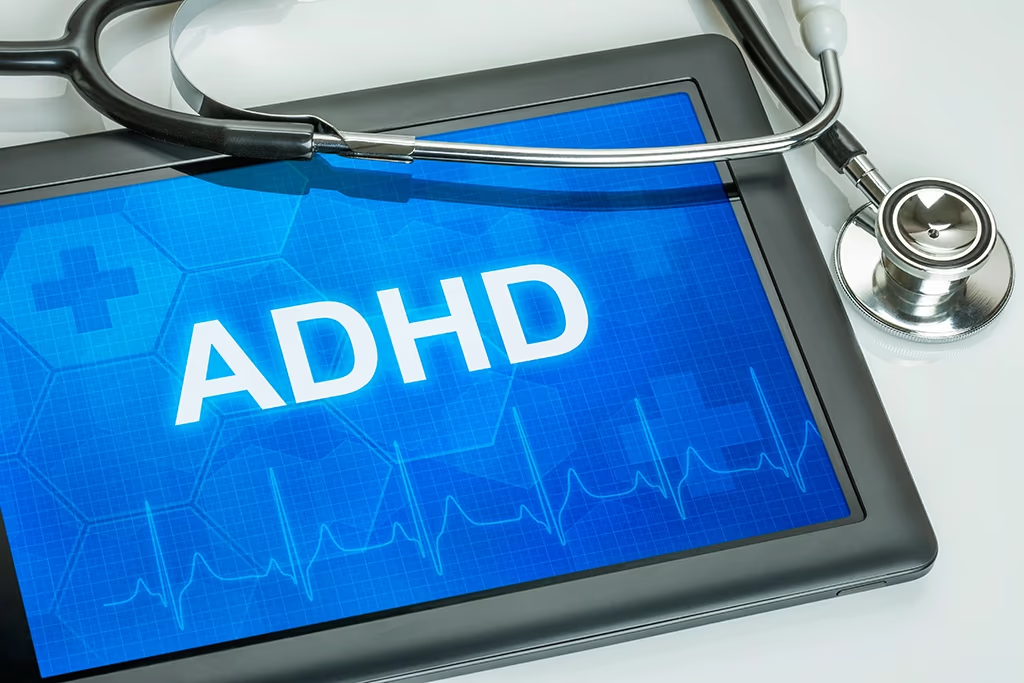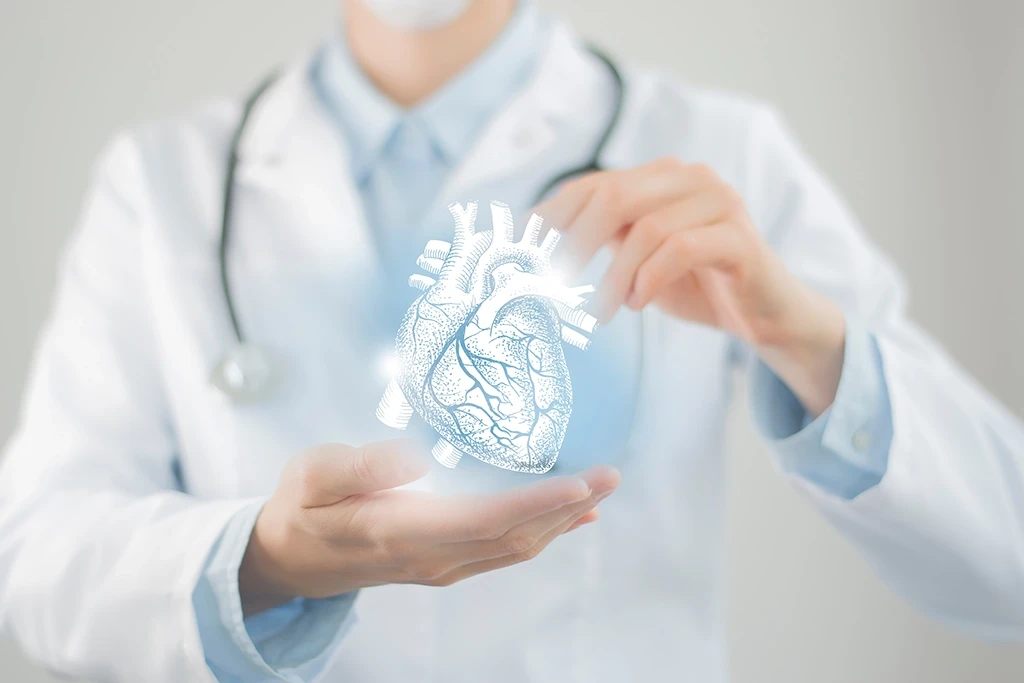Attention Deficit/Hyperactivity Disorder, also known as have ADHD has become quite a popular term in recent years, whether through self-diagnosis or based on actual medical results. Many psychologists state how they’re beginning to see more and more patients with self-proclaimed attention deficit, explaining how their symptoms fall somewhere on the spectrum. However, while some medical institutions describe this condition as a disorder, other experts don’t believe it should be defined as such, leaving plenty of room for discussion and potential ways to deal with the symptoms.
What is ADHD?
According to the Centers for Disease Control and Prevention (CDC), ADHD is a disorder that may cause trouble with focusing, controlling impulses, or their own activity levels (hyperactivity). It’s typically diagnosed in children, and according to some findings, could be caused by genetic factors.
The diagnosis itself is a complex process governed by the guidelines found in the American Psychiatric Association’s Diagnostic and Statistical Manual, Fifth Edition (DSM-5). These guidelines outline five major traits that, combined, could result in a positive diagnosis. They include:
- A variety of symptoms of inattention
- A variety of symptoms of hyperactivity and impulsivity
- The occurrence of symptoms by age (should have presented themselves before they were 12)
- A variety of symptoms are present in at least two different settings
- The symptoms interfere with or reduce the quality of their social, school, or work functioning
- The symptoms cannot be explained by any other mental disorder
The current treatment involves different kinds of behavior therapy that oftentimes involves parents, as well as certain medications that have shown great results in helping manage ADHD symptoms.




